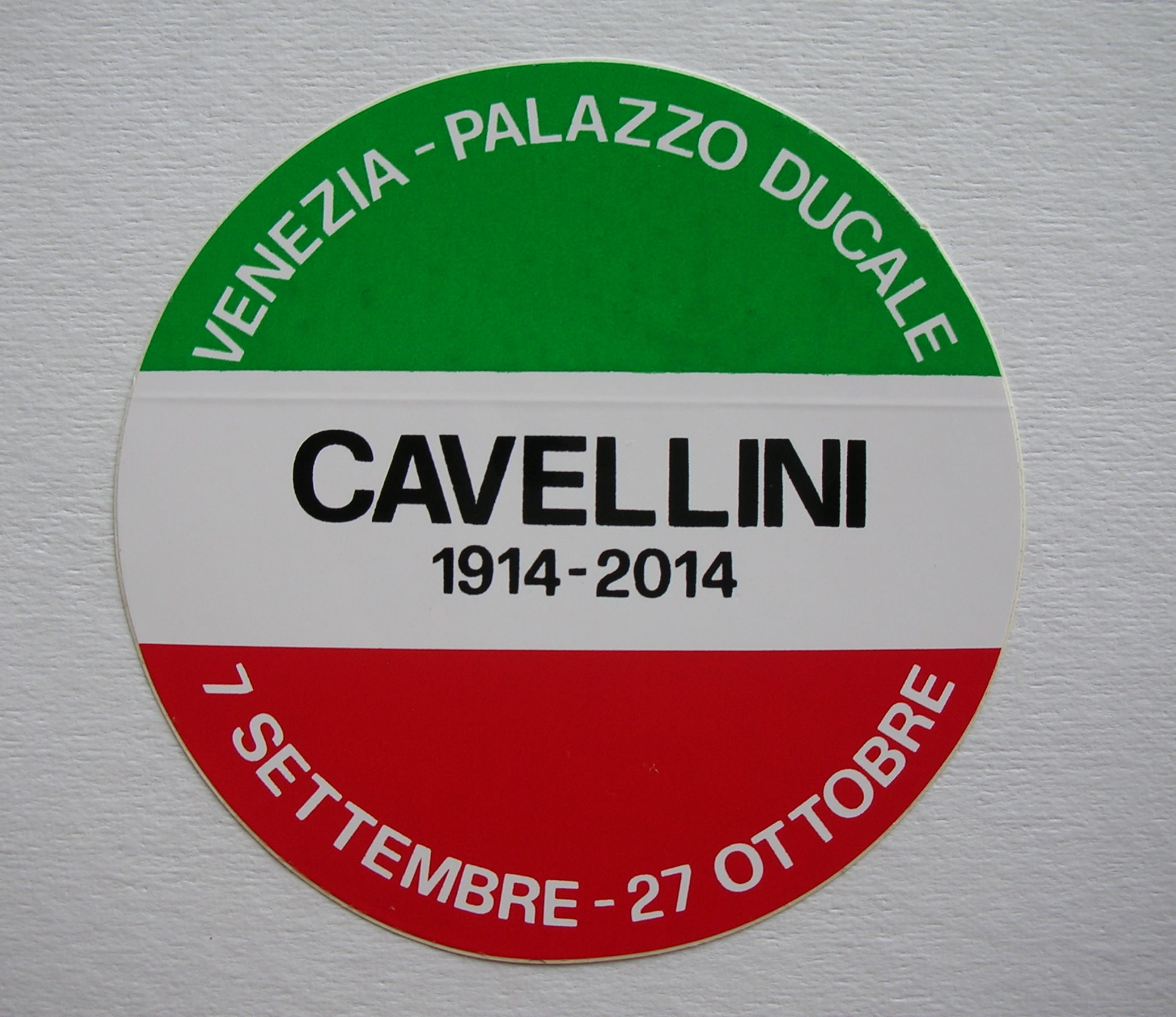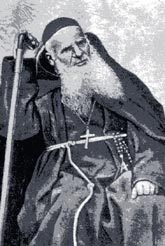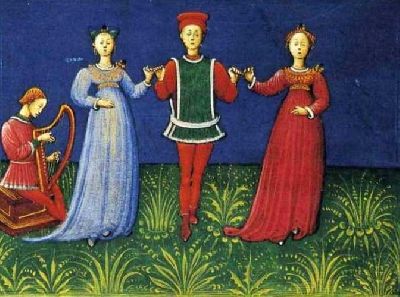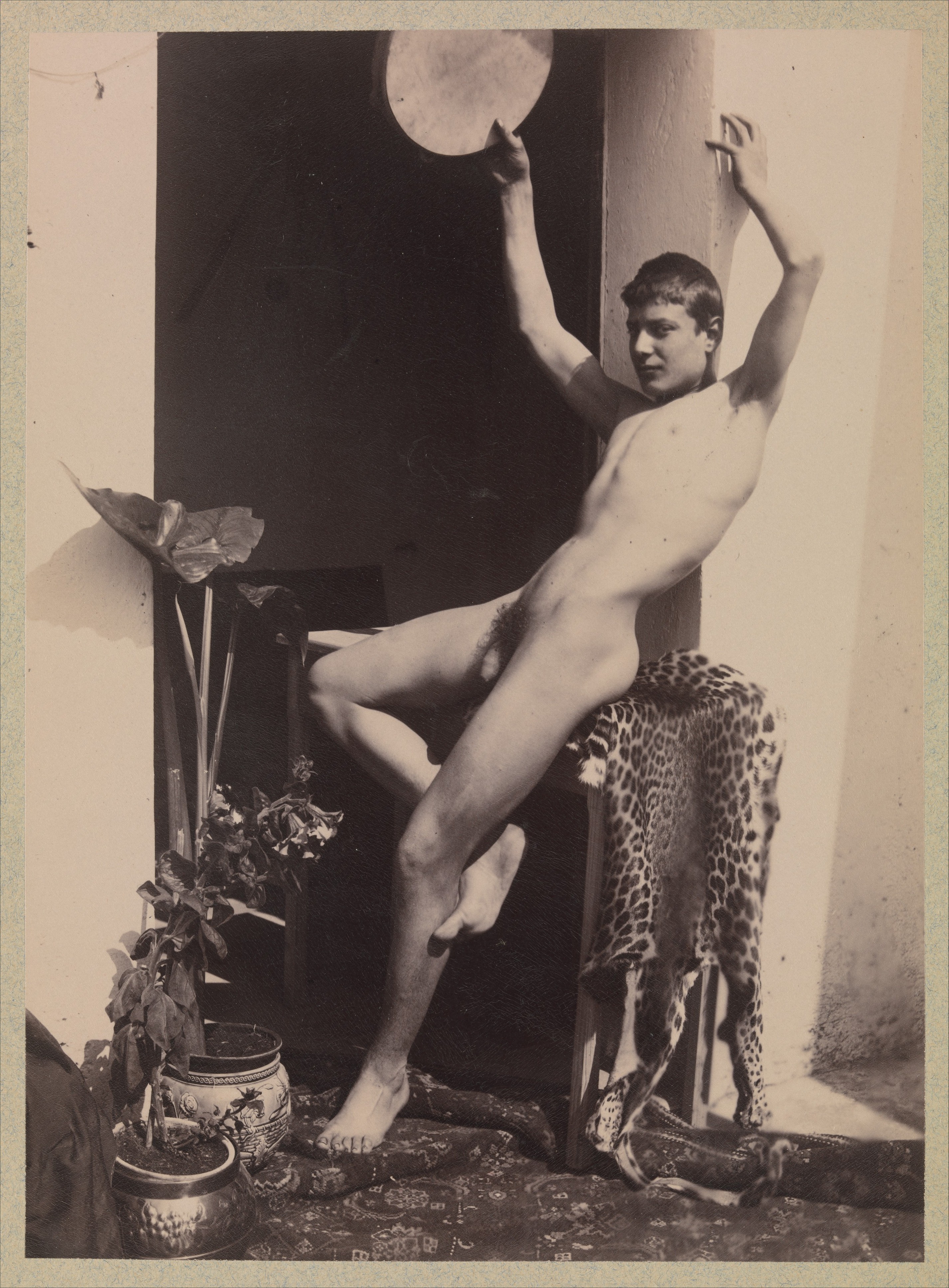|
Guglielmo
Guglielmo () is the Italian form of the masculine name William. It may refer to: People with the given name Guglielmo: * Guglielmo I Gonzaga (1538–1587), Duke of Mantua and Montferrat * Guglielmo Achille Cavellini (1914–1990), influential Italian art collector and mail artist * Guglielmo Agnelli (c. 1238 – 1313), Italian sculptor and architect * Guglielmo Bergamesco (16th century), Italian architect * Guglielmo Borremans (born 1672), Baroque painter * Guglielmo Caccia (1568–1625), Italian painter * Guglielmo da Leoni (c. 1664 – 1740), Italian painter and engraver * Guglielmo da Marsiglia (1475–1537), Italian painter of stained glass * Guglielmo della Porta (c. 1500 – 1577), Italian architect and sculptor * Guglielmo della Scala (died 1404), Lord of Verona * Guglielmo Ebreo da Pesaro (15th century), Italian dancing-master * Guglielmo Embriaco (born c. 1040), Genoese merchant and military leader * Guglielmo Ferrero (1871–1942), Italian historian, journalist and ... [...More Info...] [...Related Items...] OR: [Wikipedia] [Google] [Baidu] |
Guglielmo Achille Cavellini
Guglielmo Achille Cavellini (11 September 1914 – 20 November 1990), also known as GAC, was an Italian artist and art collector. After an initial activity as a painter, in the 1940s and 1950s he became one of the major collectors of contemporary Italian abstract art, developing a deep relationship of patronage and friendship with the artists. This experience has its pinnacle in the exhibition ''Modern painters of the Cavellini collection'' at the National Gallery of Modern Art in Rome in 1957. In the 1960s Cavellini resumed his activity as an artist, with an ample production spanning from Neo-Dada to performance art to mail art, of which he became one of the prime exponents with the ''Exhibitions at Home'' and the ''Round Trip'' works. In 1971 he invented ''autostoricizzazione'' (self-historicization), upon which he acted to create a deliberate popular history surrounding his existence. He also authored the books ''Abstract Art'' (1959), ''Man painter'' (1960), ''Diary of Gugliel ... [...More Info...] [...Related Items...] OR: [Wikipedia] [Google] [Baidu] |
Guglielmo Marconi
Guglielmo Giovanni Maria Marconi, 1st Marquis of Marconi (; 25 April 187420 July 1937) was an Italians, Italian inventor and electrical engineering, electrical engineer, known for his creation of a practical radio wave-based Wireless telegraphy, wireless telegraph system. This led to Marconi being credited as the inventor of radio, and he shared the 1909 Nobel Prize in Physics with Karl Ferdinand Braun "in recognition of their contributions to the development of wireless telegraphy".Guglielmo Marconi: The Nobel Prize in Physics 1909 . nobelprize.org Marconi was also an entrepreneur, businessman, and founder of Marconi Company, The Wireless Telegraph & Signal Company in the United Kingdom of Great Britain and Ireland, United Kingdom in 1897 (which became the Marconi Com ... [...More Info...] [...Related Items...] OR: [Wikipedia] [Google] [Baidu] |
Guglielmo Borremans
Guglielmo Borremans or Guglielmo Fiamingo (1670–1744) was a Flemish painter whose documented career took principally place in Italy, in particular Naples, Cosenza and Sicily. Here he was one of the pre-eminent late-Baroque fresco painters of the first half of the 17th century who received multiple commissions to decorate churches and palaces. Life Little is known about the youth and training of Guglielmo Borremans. He is believed to have been born in Antwerp in 1670. Here he trained with the history painter Pieter van Lint around 1688–1689.Willem Borremans in the , accessed 30 March 2016 A painting of the 'Martyrdom of St Andrew' formerly in the |
Guglielmo Della Porta
Guglielmo della Porta (c. 1500–1577) was an Italian architect and sculptor of the late Renaissance or Mannerist period. He was born to a prominent North Italian family of masons, sculptors and architects. His father Giovanni Battista della Porta was a sculptor. He trained in his uncle's workshop in Genoa and moved to Rome about 1537, where he was very much influenced by Michelangelo. Della Porta provided legs for the Farnese Hercules when it was first excavated; when the original legs were found some years later, Michelangelo recommended that Della Porta's legs be retained, as showing how modern artists were capable of direct comparison with the Ancients. He was appointed to the papal mint in 1547. His prolific output is varied. He began his artistic training under the guidance of his uncle Giovanni Giacomo, who takes him on his construction site of the Cathedral of Milan and assigned him the task of sculpturing and reinterpreting the works of Leonardo da VinciIn the study of Ma ... [...More Info...] [...Related Items...] OR: [Wikipedia] [Google] [Baidu] |
Guglielmo Massaia
Guglielmo Massaia (9 June 1809 - 6 August 1889), born Lorenzo Massaia, was an Italian cardinal of the Roman Catholic Church who was also a missionary and Capuchin friar. His baptismal name was Lorenzo; he took Guglielmo as religious name. His cause of canonization has commenced the confirmation of his heroic virtue allowed for Pope Francis to name him as Venerable on 1 December 2016. Life Guglielmo Massaia was born on 9 June 1809 in Piedmont as Lorenzo Antonio Massaia. He was first educated at the Collegio Reale at Asti under the care of his elder brother Guglielmo who served as a canon and precentor of Asti Cathedral. On the death of his brother he passed as a student to the diocesan seminary in 1824; but at the age of sixteen entered the Capuchin Franciscan Order, receiving the habit on 25 September 1825. He completed studies at the seminary in 1826. He took the name of "Guglielmo" around this time. Massaia was ordained to the priesthood on 16 June 1832 in Vercelli and s ... [...More Info...] [...Related Items...] OR: [Wikipedia] [Google] [Baidu] |
Guglielmo Stendardo
Guglielmo Stendardo (born 6 May 1981) is an Italian football coach and former player, who played as a central defender. He is currently in charge as head coach of Eccellenza amateurs LUISS. Club career Early career Stendardo began his career at Napoli in 1997 and has played for a number of top Italian football clubs, including Sampdoria, Lazio, and Juventus, as well as early spells with Salernitana and Perugia; during his time with the latter club, he was sent on loan to Catania for the 2003–04 season. Journeyman: Lazio, Juventus return and Lecce Stendardo was signed by S.S. Lazio in August 2005 on a free transfer. His previous club A.C. Perugia, went bankrupted at the start of 2005–06 season. After a 3–2 defeat to Juventus in late 2007, Stendardo had a falling-out with Lazio manager Delio Rossi and demanded a transfer during the January 2008 transfer window. In January 2008, Juventus officially announced the signing of Stendardo to a 6-month loan deal, for €400,000, w ... [...More Info...] [...Related Items...] OR: [Wikipedia] [Google] [Baidu] |
Guglielmo I Gonzaga
Guglielmo Gonzaga (24 April 1538 – 14 August 1587) was Duke of Mantua from 1550 to 1587, and of Montferrat from 1574 to 1587. He was the second son of Federico II Gonzaga, Duke of Mantua and Margaret Palaeologina of Montferrat. In 1574, Montferrat was elevated to a Duchy and Guglielmo became its first duke. He was succeeded as Duke of both duchies by his son Vincenzo. Patron of music Guglielmo was particularly interested in sacred vocal music, and is known particularly to music historians for his extensive correspondence with the composer Giovanni Pierluigi da Palestrina. He built a large new church in Mantua, dedicated to Santa Barbara. He engaged in an unprecedented negotiation with the Papacy to create his own rite for Mantua, and devoted considerable resources to developing a musical repertoire for the church, commissioning works by Giaches de Wert and Palestrina. Part of his correspondence with Palestrina discusses the work commissioned in detail, stipulating Guglielmo's ... [...More Info...] [...Related Items...] OR: [Wikipedia] [Google] [Baidu] |
Guglielmo Ferrero
Guglielmo Ferrero (; 21 July 1871 — 3 August 1942) was an Italian historian, journalist and novelist, author of the ''Greatness and Decline of Rome'' (5 volumes, published after English translation 1907–1909). Ferrero devoted his writings to classical liberalism and he opposed any kind of dictatorship and unlimited government. He was nominated for the Nobel Prize in Literature twenty times in six years. Biography Born in Portici, near Naples, Ferrero studied law in Pisa, Bologna and Turin. Soon afterward he married Gina Lombroso, a daughter of Cesare Lombroso, the criminologist and psychiatrist with whom he wrot''The Female Offender'' ''The Prostitute'' and ''The Normal Woman''. In 1891-1894 Ferrero traveled extensively in Europe and in 1897 wrote ''The Young Europe'', a book which had a strong influence over James Joyce.Pappalardo, Salvatore (2011)"Waking Europe: Joyce, Ferrero and the Metamorphosis of Irish History", ''Journal of Modern Literature'', Vol. 34, No. 2, pp. 154� ... [...More Info...] [...Related Items...] OR: [Wikipedia] [Google] [Baidu] |
Guglielmo Ebreo Da Pesaro
Guglielmo Ebreo da Pesaro (c. 1420 – c. 1484) was a Jewish Italian dancer and dancing master at some of the most influential courts in Renaissance Italy, including Naples, Urbino, Milan, and Ferrara. His byname ''wikt:ebreo, Ebreo'' means simply ‘Hebrews, Hebrew.’ Not always used when referring to him, ''da Pesaro'' indicates that he was from the east-central town of Pesaro. Between October 1463 and May 1465, Guglielmo probably converted from Judaism to Roman Catholicism and took the name Giovanni Ambrosio. He studied with Domenico da Piacenza (sometimes known as Domenico da Ferrara) in the 1440s, and is mentioned in Domenico's ''Liber ballorum'' (1460). Around 1463, Guglielmo authored the treatise ''De pratica seu arte tripudii'' (''On the Practice or Art of Dancing''), sometimes cited as ''Trattato dell' arte del ballare'' (''Treatise on the Art of Dancing''). In it, Guglielmo defends dancing as a noble art, emphasizing the important role of music. He also describes q ... [...More Info...] [...Related Items...] OR: [Wikipedia] [Google] [Baidu] |
Guglielmo Pepe
Guglielmo Pepe (13 February 1783 – 8 August 1855) was an Italian people, Italian general and patriot. He was brother to Florestano Pepe and cousin to Gabriele Pepe. He was married to Mary Ann Coventry, a Scottish woman who was the widow of John Borthwick Gilchrist, linguist and surgeon to the East India Company. Biography Pepe was born at Squillace in Calabria. He entered the army at an early age, but in 1799 he took part in the Neapolitan Republic (1799), Neapolitan Republic, inspired by the French Revolution. While fighting against the Bourbon troops, which were led by Fabrizio Ruffo, Cardinal Ruffo, he was captured and exiled to France. He entered Napoleon's army and served with distinction in several campaigns, including those in the Neapolitan kingdom: first under Joseph Bonaparte, and later under Joachim Murat. After commanding a Neapolitan brigade in the Peninsular campaign, Pepe returned to Italy in 1813, with the rank of general, to help reorganize the Neapolit ... [...More Info...] [...Related Items...] OR: [Wikipedia] [Google] [Baidu] |
Guglielmo Plüschow
Guglielmo Plüschow (born Wilhelm Plüschow; August 18, 1852 – January 3, 1930) was a German photographer who moved to Italy and became known for his nude photos of local youths, predominantly males. Plüschow was a cousin of Wilhelm von Gloeden, who, despite taking up nude photography later than Plüschow, soon overshadowed him. Plüschow was several times at odds with the law and charged with corruption of minors. Today, his photography is recognized for its artistic merits, but it generally is considered somewhat inferior to Gloeden's because of his less graceful handling of lighting and the sometimes strangely stilted poses of his models. Biography Not much is known about Plüschow's early life, except that he was born in Wismar as the eldest of seven brothers and sisters. His father Friedrich Carl Eduard Plüschow was an illegitimate child of Frederick Louis, Hereditary Grand Duke of Mecklenburg-Schwerin and the family home was Schloss Plüschow. In the early 1870s ... [...More Info...] [...Related Items...] OR: [Wikipedia] [Google] [Baidu] |
Guglielmo Gabetto
Guglielmo Gabetto (; 24 February 1916 – 4 May 1949) was an Italian footballer who played as a striker. Aside from goalkeeper Alfredo Bodoira, he is the only player to win the Italian championship with both Torino F.C. and cross-city rivals Juventus F.C. Biography Gabetto was born in Turin, Italy, in the Aurora district of the Piedmont capital. He died in a commercial airplane tragedy as one of the victims of the 1949 Superga air disaster, when a plane carrying almost the entire Torino Football Club squad, the Grande Torino, crashed into the Superga hill near Turin. He was buried in the ''Cimitero Monumentale'' in Turin. Club career Gabetto began his career with Juventus in 1934, scoring 102 goals for the club in seven seasons, 85 of which came in the league; he is still today one of the club's best goalscorers. In 1941 he was acquired by local rivals Torino, for a notable sum of 330,000 Lit.; the same season, Torino bought two other Juventus players: Felice Borel, and ... [...More Info...] [...Related Items...] OR: [Wikipedia] [Google] [Baidu] |







